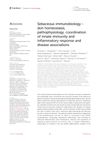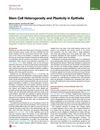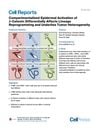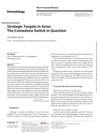Role of Stem Cells in Skin Maintenance, Regeneration, and Repair: Focus on Epidermis and Pilosebaceous Units
September 2013
in “
Experimental Dermatology
”
stem cells epidermis pilosebaceous units Lrig1 Lgr5 Lgr6 Wnt signaling LGR family of GPCRs homeostasis multipotency follicle interfollicular epidermis tumor formation bioengineered skin genetically manipulated epidermal stem cell-derived clones embryonic stem cell-derived keratinocytes skin regeneration skin stem cells hair follicle units Wnt pathway stem cell markers engineered skin genetically modified skin cells embryonic skin cells
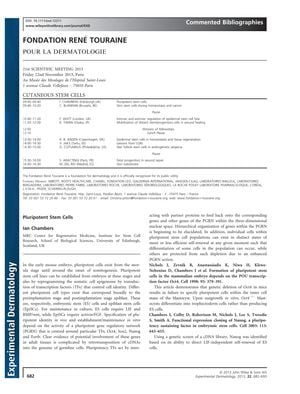
TLDR The document concluded that stem cells are crucial for skin repair, regeneration, and may help in developing advanced skin substitutes.
The document from 10 years ago discussed the role of stem cells in skin maintenance, regeneration, and repair, focusing on the epidermis and pilosebaceous units. It highlighted the identification of specific stem cell markers like Lrig1, Lgr5, and Lgr6, and the importance of Wnt signaling and the LGR family of GPCRs in stem cell regulation. The document noted a hierarchy within stem cell populations, with active and quiescent stem cells playing roles in homeostasis and response to injury, respectively. It also touched on the multipotency of stem cells in the pilosebaceous unit, their contribution to the follicle and interfollicular epidermis, and their role in tumor formation. Additionally, the document discussed the contribution of fetal cells to maternal tissue repair, their role in neoangiogenesis during pregnancy, and their potential protective effects against tumors. It also covered the development of skin substitutes, emphasizing the success of a bioengineered skin developed over a decade ago and the potential of using genetically manipulated epidermal stem cell-derived clones and embryonic stem cell-derived keratinocytes for skin regeneration, aiming to restore the skin's barrier function and appendages.
